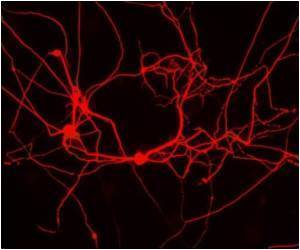
"The focus has been on stem cells, but it looks like the main beneficial effects come from transplanted cells' ability to support the growth of nearby blood vessels," says senior author Young-sup Yoon, MD, PhD, associate professor of medicine (cardiology) at Emory University School of Medicine. "Based on this idea, we wanted to identify a population of cells enriched with the capacity to regenerate blood vessels."
The blood vessel-repairing properties of selected cells from human blood were described in the Aug. 10 issue of the Journal of the American College of Cardiology, with a related paper on cells derived from mouse bone marrow published online July 15 by the journal Circulation Research.
The first author of the JACC paper is postdoctoral fellow Sung-Whan Kim, PhD.The first author of the Circulation Research paper is Hyongbum Kim, MD, PhD, now an assistant professor in Korea.
Yoon's team focused on the molecule CD31, also known as platelet endothelial cell adhesion molecule-1 or PECAM-1, because of its presence on endothelial cells—the cells that form the inner lining of blood vessels. In experiments with donated blood from human volunteers or mouse bone marrow cells, the researchers showed that cells with CD31 on their surfaces secrete hormones that support the growth of blood vessels.
About a third of the cells in the blood or bone marrow have CD31 on their surfaces, including some differentiated immune cells. In culture, sorted cells displaying CD31 can form tubular structures mimicking the growth of blood vessels in the body.
Advertisement
The researchers used antibodies against CD31 to sort human blood or mouse bone marrow cells into two groups: cells with CD31 and those without. They then tested these cells' ability to spur blood vessel regrowth in mice whose hind legs had a blocked blood supply.
Advertisement
Yoon says harvesting CD31 positive cells may have several advantages compared to previous methods of treating cardiovascular disease. The cells can be prepared without the need to grow them in a dish for several days, and it may not be necessary to take large volumes of blood or bone marrow from the patient—an advantage with respect to safety. In addition, cells from mice used to simulate atherosclerosis (mutant for a gene that helps clear fat from the blood and given a high-fat diet) do not seem to lose their repair potential.
"Based on the insights gained from preclinical and clinical studies from several investigators, we view the use of CD31 positive cells as a second-generation cardiovascular cell therapy that could be a novel option for the treatment of peripheral artery disease," Yoon says.
He adds that CD31 positive cells may have potential for treating other conditions, including heart attack, heart failure and diabetic neuropathy, which his team is investigating in animal models.
Source-Eurekalert













